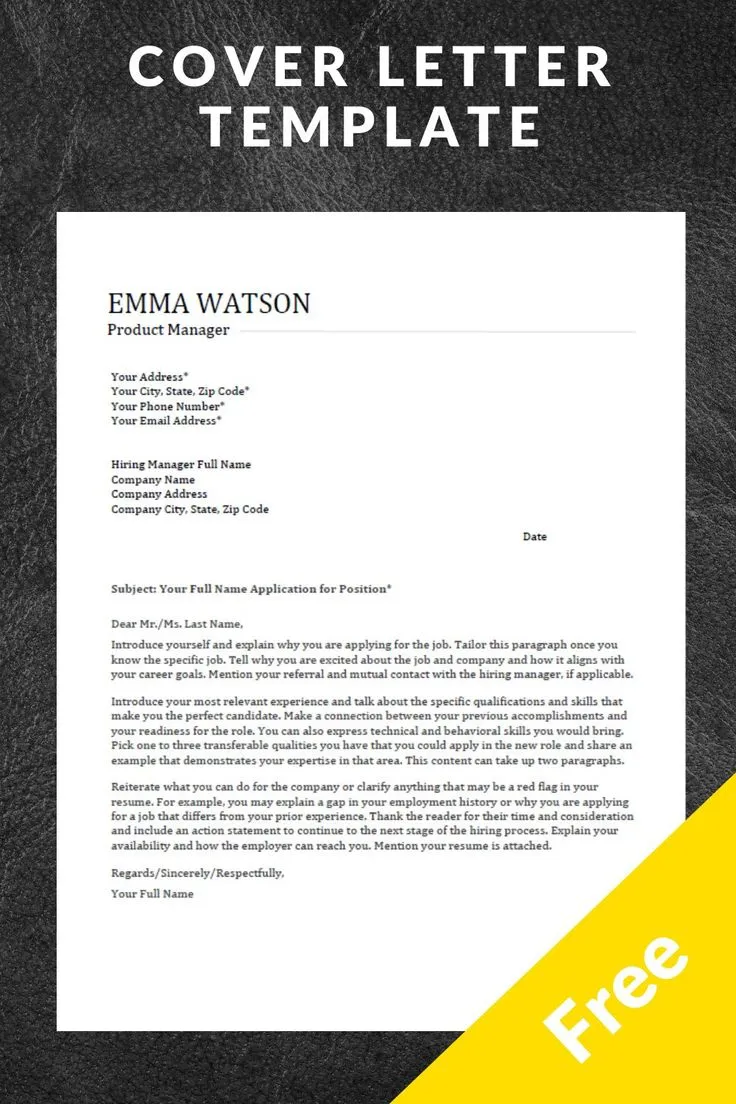Understanding the Importance of a Cover Letter
A cover letter is more than just a formality in the job application process it’s your chance to make a strong first impression and stand out from the competition. It provides a space for you to communicate your interest in the specific role, highlight your relevant skills and experiences, and demonstrate your understanding of the company and the position. A well-crafted cover letter complements your resume by adding context, personality, and a compelling narrative that can capture the hiring manager’s attention. It showcases your communication skills and your genuine enthusiasm, setting you apart from other applicants who may only submit a resume. A strong cover letter increases your chances of getting an interview by making a case for why you’re the perfect fit for the job.
Key Components of a Cover Letter
A cover letter typically includes several key elements that work together to create a compelling narrative. Each section serves a specific purpose in conveying your qualifications and enthusiasm. Properly formatting these components ensures clarity and professionalism, which is crucial for making a positive impression. It’s important to customize each section of your cover letter to match the job description and the company’s specific needs, highlighting the relevance of your experience and skills.
Your Contact Information
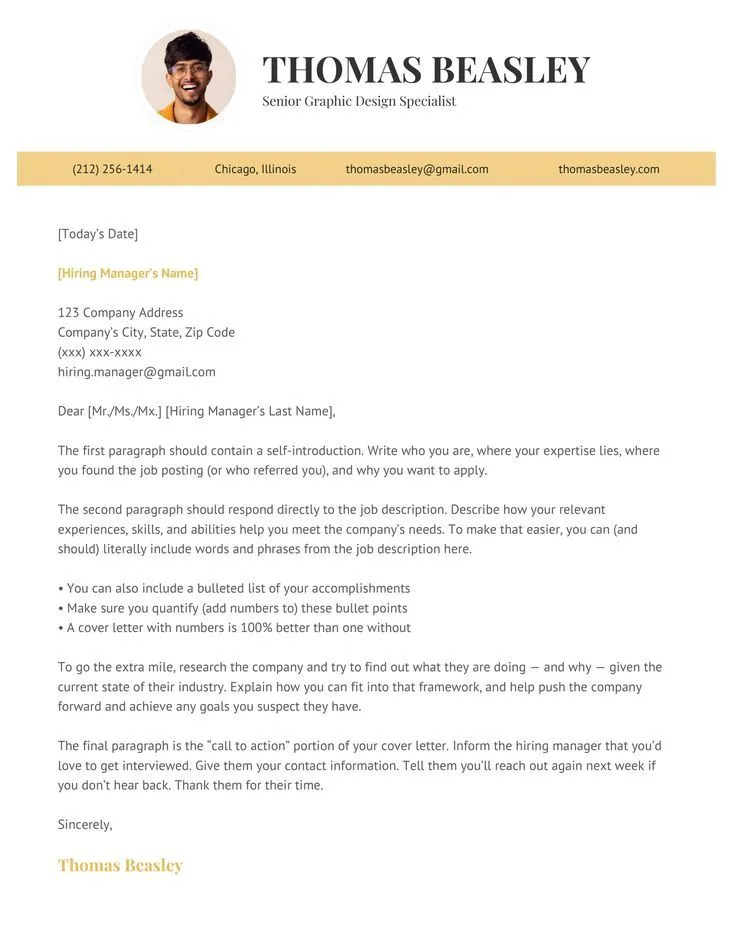
Start your cover letter with your contact information. Include your full name, phone number, email address, and LinkedIn profile URL. This ensures that the hiring manager can easily reach you if they are interested in your application. Make sure your email address is professional and appropriate for the job application.
Date
Below your contact information, include the date you are submitting your cover letter. This helps establish when the application was sent and is a standard practice in formal business communication. Use the standard date format: Month Day, Year (e.g., May 15, 2024).
Recipient’s Contact Information
Address your cover letter to the hiring manager or the specific person mentioned in the job posting, if possible. If you cannot find a specific name, address the letter to the hiring team or the department. Including the recipient’s information shows that you’ve taken the time to research the company and customize your application.
Professional Greeting
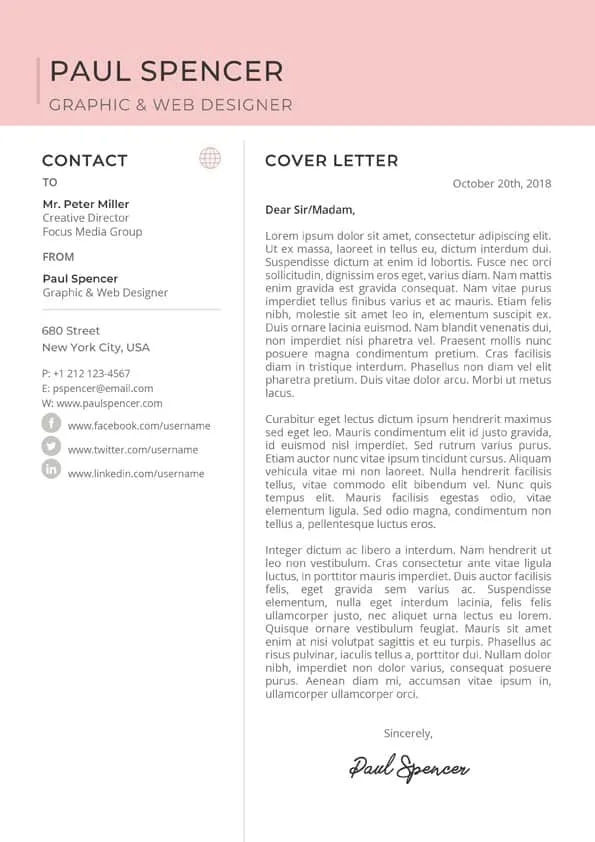
Start your cover letter with a professional greeting. ‘Dear Mr./Ms./Mx. [Last Name]’ is the standard greeting when you know the hiring manager’s name. If you are unsure of the name, use a general greeting such as ‘Dear Hiring Manager’ or ‘Dear [Department Name] Team’. Always use a professional tone.
Body Paragraphs
The body of your cover letter is where you will showcase your qualifications, express your interest, and demonstrate your value. These paragraphs provide the details that make your application stand out.
First Paragraph Expressing Interest
In your first paragraph, state the position you are applying for and where you found the job posting. Briefly express your enthusiasm for the role and the company. This sets the tone and immediately grabs the reader’s attention. Mentioning the specific job title and the source of the posting shows that you have followed instructions and are organized.
Second Paragraph Highlighting Skills
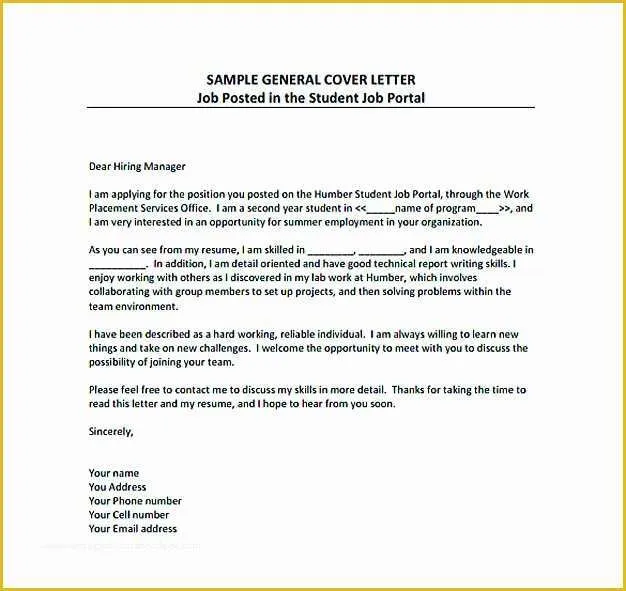
In the second paragraph, highlight your relevant skills and experiences. Choose 2-3 key skills or experiences that align with the job requirements. Provide specific examples of how you have used these skills and the results you achieved. Quantify your achievements whenever possible to demonstrate your impact, using numbers to illustrate your successes. This shows how you can bring value to the company.
Third Paragraph Demonstrating Value
In the third paragraph, elaborate on why you are a good fit for the company. Explain your understanding of the company’s mission, values, and goals. Show how your skills and experiences align with the company’s needs. Research the company and customize your letter to show genuine interest in their work and culture. Emphasize how your contributions will benefit the company.
Call to Action
End your cover letter with a clear call to action. Express your eagerness to discuss your qualifications further and reiterate your interest in the position. Provide your contact information again, ensuring that they can reach you easily. Thank the reader for their time and consideration. This shows that you are proactive and available to take the next step.
Formal Closing
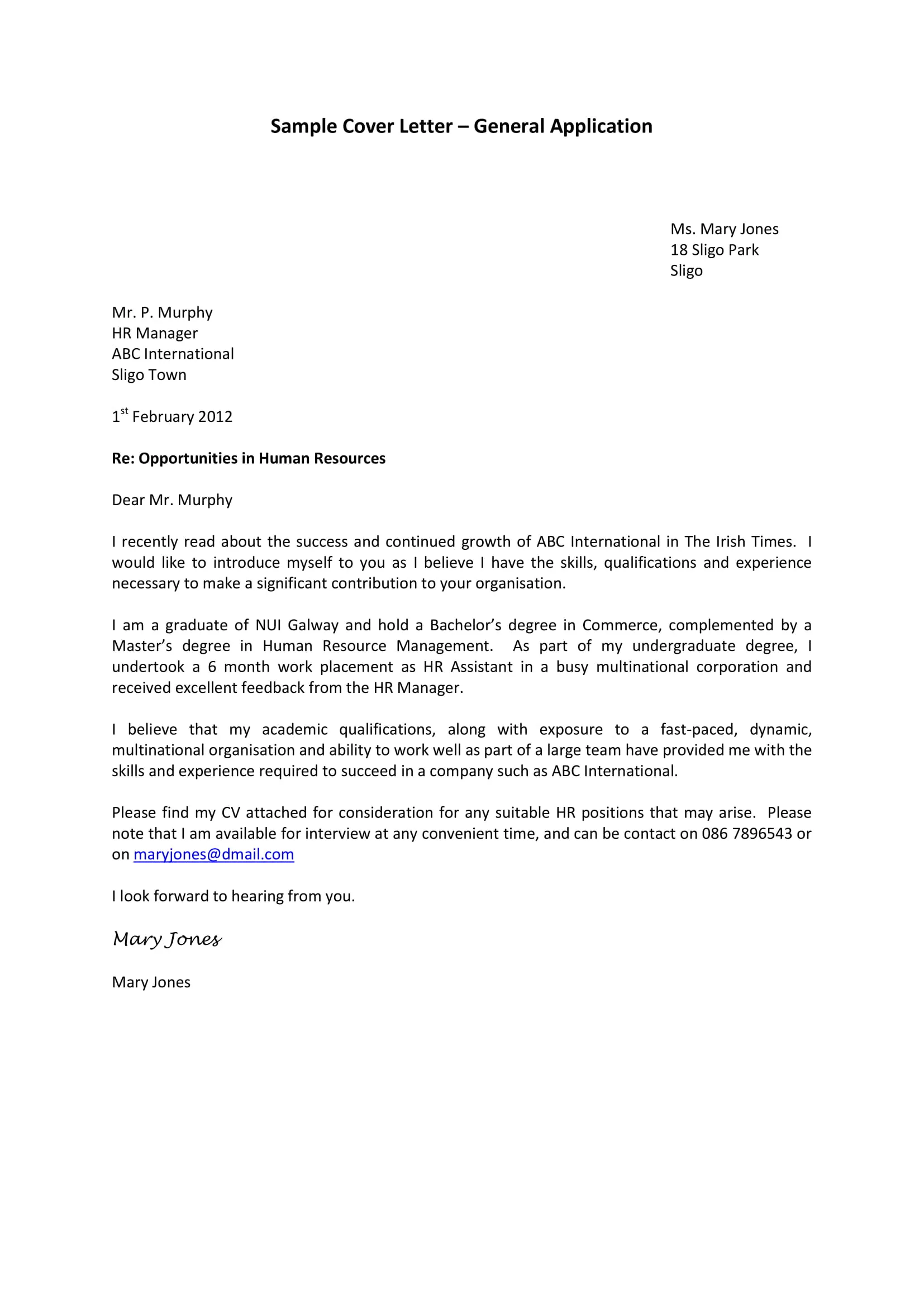
Close your cover letter with a professional closing such as ‘Sincerely,’ or ‘Best regards,’. Ensure that you leave space for your signature. Include your typed name below the closing. This concludes your cover letter with a polite and formal tone.
Free Cover Letter Template Options
Numerous resources offer free cover letter templates that can simplify the job application process. These templates provide a framework for you to structure your cover letter. Using a template ensures that your letter is organized and professional, making it easier for the hiring manager to read and understand. Templates also save time and effort, allowing you to focus on tailoring the content to match the specific job.
Basic Template Structure
Basic cover letter templates usually include the essential sections. They provide a simple, straightforward layout that is easy to customize. This type of template is ideal for applicants who prefer a clean, uncluttered design. It works well across various industries and roles. Ensure your template’s layout is clear and easy to read, as it is the foundation of your cover letter.
Modern Template Design

Modern cover letter templates use contemporary design elements. They include stylish fonts, creative layouts, and visual enhancements. This type is perfect for creative fields, where a modern aesthetic can make your application stand out. Keep the design relevant to the industry and job you’re applying for. Choose a design that is visually appealing without overshadowing your content.
Professional Template Layout
Professional templates are designed with a polished and formal appearance. They often use traditional layouts and fonts, ensuring that your cover letter looks serious and credible. These templates suit more conservative industries, such as finance or law. Ensure the formatting is precise, with clear sections and proper spacing, to create a professional impression.
Where to Find Free Templates
Many websites provide free cover letter templates in various formats. These templates offer flexibility and ease of use. You can adapt the templates to different jobs and industries with ease. Accessing these resources can significantly streamline your job application process, saving you time and effort while ensuring a professional-looking document.
Online Template Websites
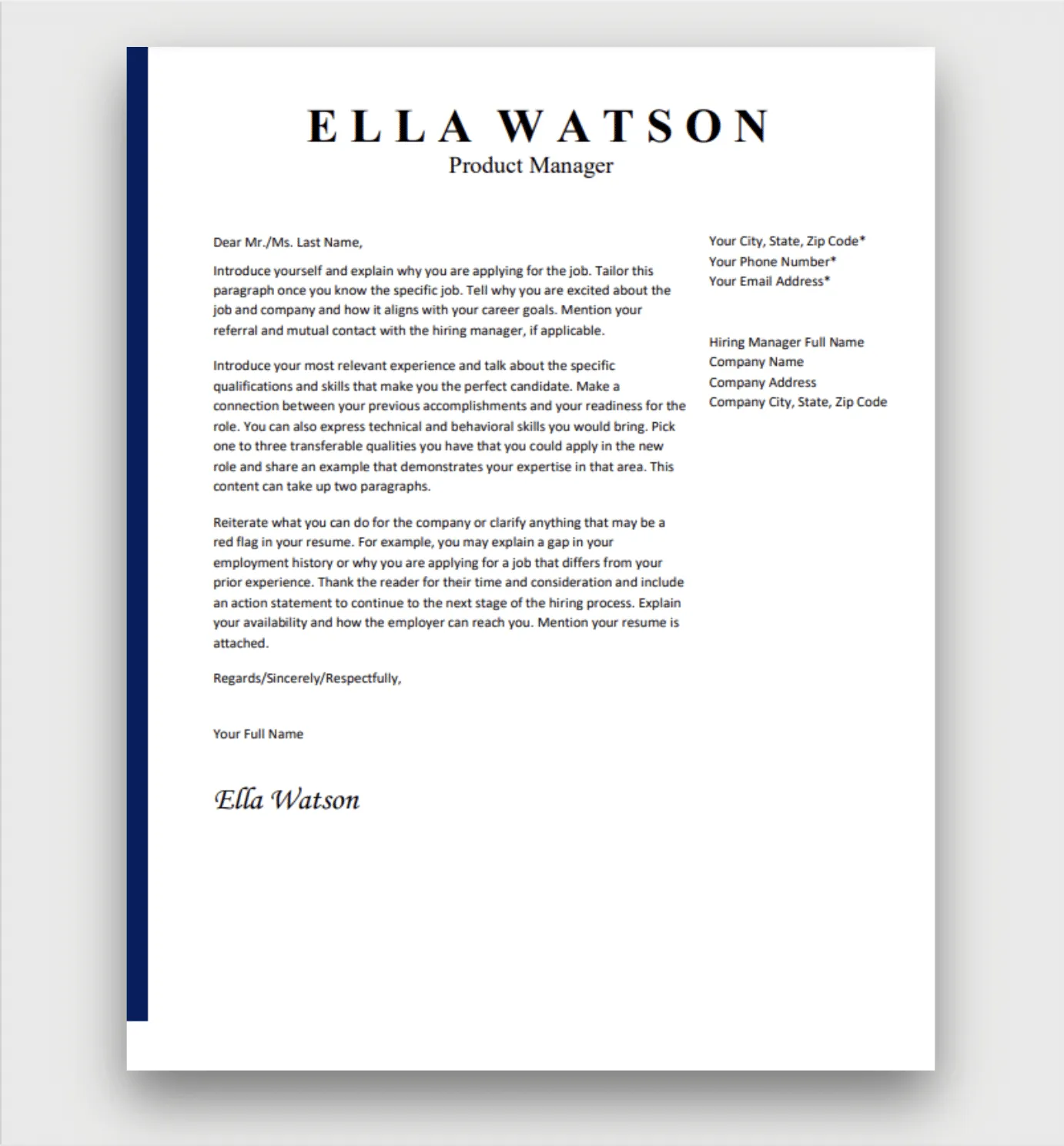
Websites specializing in job application resources offer a wide range of cover letter templates. Many of these websites provide templates that are easily customizable. Consider websites that offer templates in multiple formats (e.g., Word, Google Docs). Ensure the templates fit your personal style and the job you are applying for.
Software for Cover Letter Creation
Software like Microsoft Word and Google Docs provide built-in cover letter templates. These tools allow for easy customization. The ease of use and familiarity with these tools make them popular choices. Using these tools, you can create and edit your cover letter directly within your preferred word processor. Select a template that suits the tone and style of the job application.
Tips for Customizing the Template
Customizing a cover letter template is essential for creating a document that accurately reflects your qualifications and enthusiasm for the job. Customization demonstrates to the employer that you’ve put in the necessary time and effort to stand out. Customization involves tailoring the content and formatting to match the specific job and company.
Tailoring to the Specific Job
Carefully review the job description and identify key requirements. Highlight how your skills and experiences meet those requirements. Use keywords from the job description to tailor your cover letter. Show the recruiter that you have the specific qualifications the role demands. Demonstrating this match makes your application more relevant and increases your chances of getting an interview.
Proofreading and Editing Your Cover Letter
Thoroughly proofread your cover letter for any grammatical errors or typos. Errors can create a negative impression, regardless of your qualifications. Read your cover letter aloud to identify awkward phrasing or inconsistencies. Ask a friend or family member to review your cover letter. Having a second pair of eyes can help you catch mistakes you might have missed, resulting in a polished and professional document.
